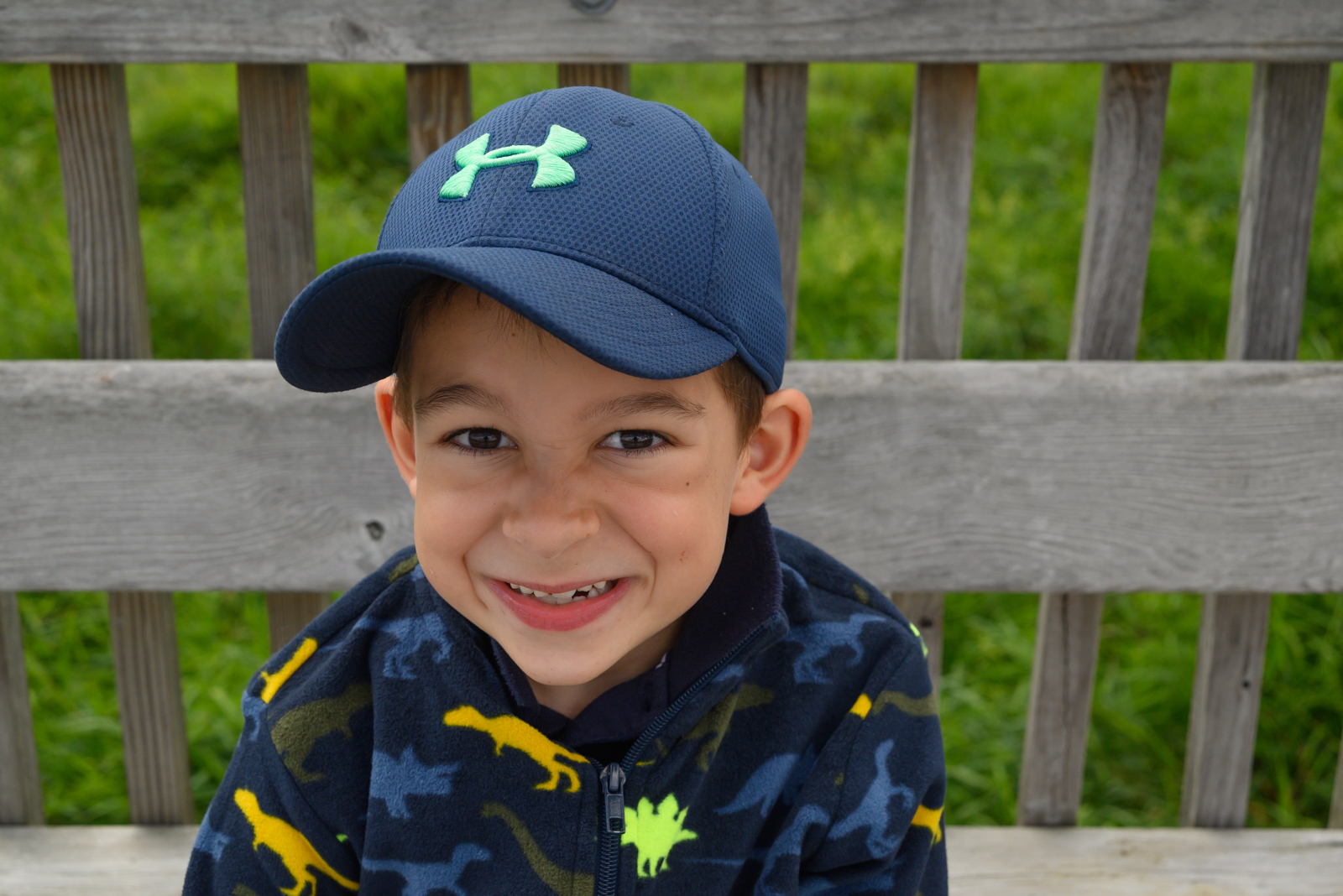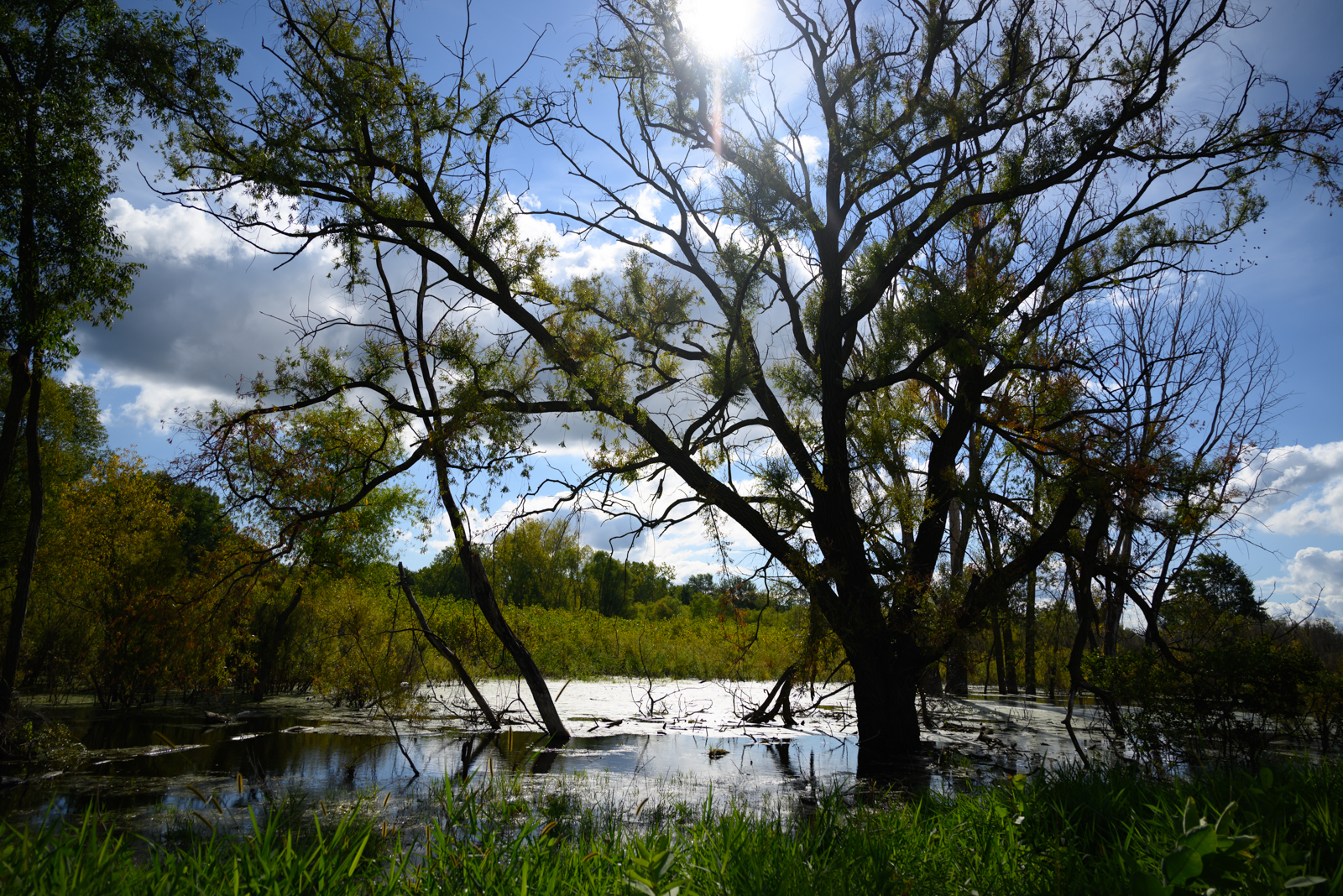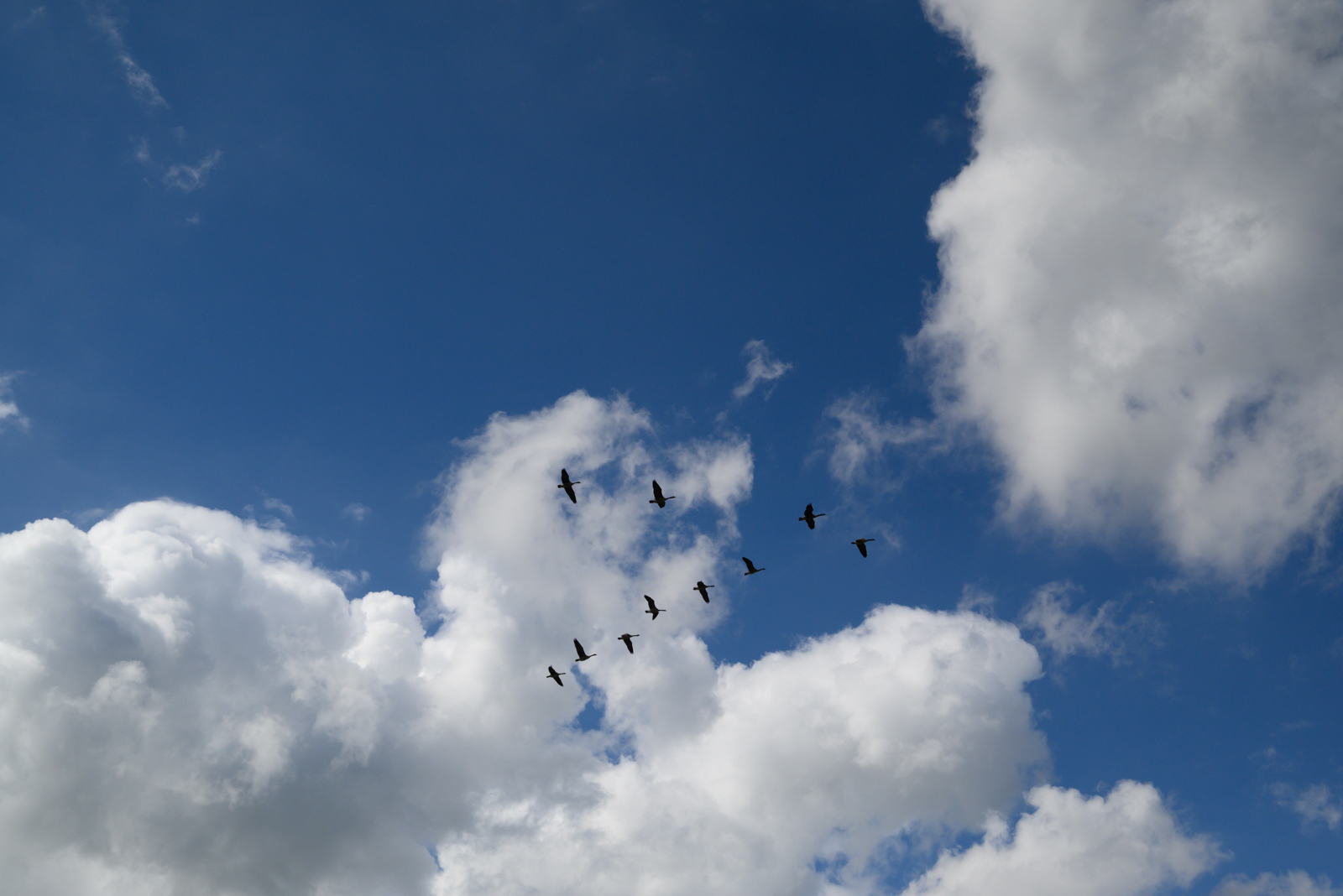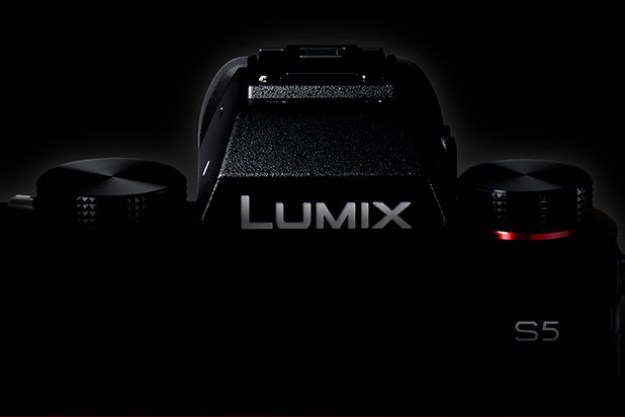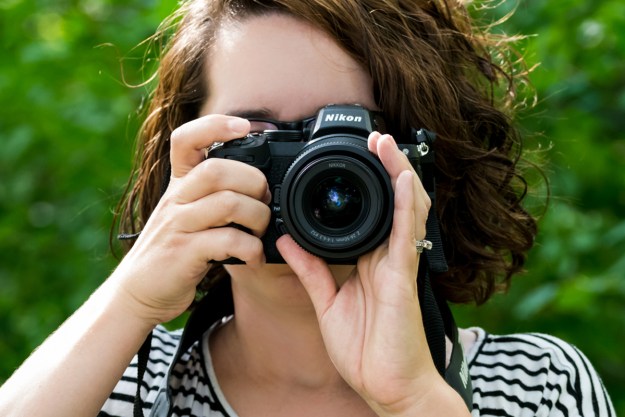
“The Nikon Z 5 would be a great entry-level full-frame camera if not for its unreliable low light autofocus and slow burst speed.”
- Good image quality
- Compact
- Affordable
- Dual SD Slots
- Slow low light autofocus
- Inconsistent autofocus in mixed/low light
- Slow 4.5 fps burst mode
As the race for full-frame mirrorless settles from a sprinter’s pace to a marathon, camera lineups are getting more varied — and less expensive. The Nikon Z 5 is the company’s most affordable full-frame camera currently on the market, less expensive than even the aging D610 DSLR. The Nikon Z 5, priced at $1,400 or $1,700 with a kit lens, mixes the size, ergonomics, stabilization, and even most of the image quality of the company’s pricier Z 6. In fact, the Z 5 even offers an upgrade the Z 6 and Z 7 don’t offer — dual SD card slots.
The entry-level designation, however, introduces a few significant cut features from the pricier models. Speed is significantly slashed,
I spent almost two weeks trying out the Z 5 to see where the entry-level full-frame stands. In that time, I believe that the Nikon Z 5 showed itself to be a good entry-level full-frame camera unfortunately held back by subpar low-light autofocus and sluggish burst speeds.
Simple design
While the Z 6’s design is a near twin to the Z 7, the Z 5 strays a bit more from that family line in ways that are both good and bad. On the positive side, the Z 5 manages to fit two UHS-II SD card slots, ideal for either creating in-camera backups so a card error doesn’t spell disaster or to create overflow for less card swapping. The Z 5 also doesn’t use XQD cards, a good move for an entry-level camera considering the card type retails in the triple digits, a lot when compared to the affordability king that is SD, where many high-capacity cards can be had for as little as $20.
Despite adding an extra card slot, the Z5 is only a 10th of an inch wider than the Z 6 and Z 7 and doesn’t add any weight. At less than a pound and a half, the camera is light enough for all-day shoots. (I can’t say the same for the rough texture of the included neck strap, however.) Paired with the kit lens, the Z 5 didn’t cause any major aches and pains while on a two-mile hike.

The Z 5 uses a magnesium alloy frame but combines that with a plastic exterior that feels just like an entry-level Nikon DSLR. The body is weather-sealed, but it’s not as robust of a seal as the Z 6 and Z 7. As a result, I would still keep an inexpensive camera rain poncho in my bag for anything more than a drizzle.
The camera’s control scheme is a nice hybrid blend between keeping controls accessible yet not overwhelming beginners. The top of the camera doesn’t house an extra LCD screen. I argue that a top-facing LCD isn’t terribly unusual for mirrorless, but its absence here strays from Nikon’s design choices in its entry-level full-frame DSLR, the D610, which kept the screen intact.
The camera’s control scheme is a nice hybrid blend between keeping controls accessible yet not overwhelming beginners.
Instead, the mode dial sits on top within reach of the shutter button, dual control dials, and shortcuts for recording video, adjusting ISO, and tweaking exposure compensation. With some practice, all those controls could be accessed without pulling the camera away from your face, though differentiating between the ISO and exposure compensation button is tough to do blind, unlike with the easily discernible raised record button.
Despite being an entry to the full-frame category, the Z 5 keeps my all-time favorite camera control: The joystick. It’s a quick and ergonomic method to adjust where the autofocus point is. Swapping between autofocus modes, however, as well as a number of other controls that Nikon’s DSLRs leave plenty of room for, requires jumping into the quick menu or assigning to the two custom buttons up front. Most beginners won’t mind, however, because the camera’s controls feel less daunting to learn. Shortcuts to adjust the burst mode and a back-button focus option, as well as playback, menu, and display options, take up a remainder of the camera’s rear controls.

Ports were not stripped for the budget price either — opposite the dual SD card slots, the Z 5 still includes ports for mic, headphones, HDMI, USB, and a cable trigger. Like many full-frame mirrorless cameras, the Z 5 lacks a pop-up flash.
The lower price doesn’t terribly truncate the Z 5’s viewfinder, either. At 3.69 million dots, the electronic viewfinder shows sufficient detail and is denser than the also-new Panasonic Lumix S5. Importantly, the Z 5 shows a pretty accurate representation of what you are about to capture, unlike some budget cameras that I’ve tried that don’t quite show an accurate preview of the exposure or color balance. The 3.2-inch touchscreen tilts for shooting from high angles but doesn’t flip forward for vlogging or selfies.
Stuttering performance
Budget cameras are notorious for being slow, and the Z 5 is no exception. Despite having the same processor as the 12 fps Z 6, the Z 5 offers less than half that speed. Some might argue that is because the Z 5 uses SD cards rather than the faster but more expensive XQD cards, but the transfer rates we are looking at here are well below the threshold for SD speeds. Curious.
With a maximum burst speed of 4.5 frames per second, I’m not even sure why there’s both a low- and high-speed option since even high speed is rather slow. The shutter speed is thankfully still a max of 1/8,000 (entry-level cameras used to be capped at 1/4000 regularly), handy for bright situations.
The Z 5’s 4.5 fps top speed will plug away for about 21 shots shooting RAW + JPEG. The official buffer count listed on the back of the camera is 16, but the pace is slow enough that the camera writes a few of those shots while taking the rest. You’ll eke out a few more shots in JPEG mode, with the camera shooting for more than 20 seconds before stopping.
The Z 5’s autofocus in limited light is consistently poor.
What’s a bit harder to determine from a quick look at the camera’s tech specs, however, is the autofocus. With a 273-point hybrid system, the Z 5’s system looks almost identical to the Z 6, until you dig a little further into the specifics. And if you dig far enough, you’ll find the camera’s biggest flaw: An autofocus detection range down to only -2 EV, or -3 using the camera’s low-light autofocus. However, Nikon rated the AF in low light with an f/2 lens, so the kit lens and many other lenses available for the system won’t work as well as Nikon’s specifications claim, a claim which is already not great. It’s not lying outright, but it is misleading.
That turns out to be the culprit of why the Z 5’s autofocus struggled indoors. Even in a room with windows on three of the walls, the Z 5 was slow to focus. In dim light, the camera would often take two to even five seconds before locking onto the subject and occasionally failing to find the subject at all. While not an issue for still subjects, shooting any sort of movement in limited light becomes problematic with such a delay. The camera will automatically activate low-light autofocus mode, however — a plus considering the original Z 6 and Z 7 require activating the mode in the menu. Low-light autofocus is more accurate and allows for focusing in tough scenarios, but is slow.
Because of how the autofocus system works, the camera will also struggle to focus on dark objects. But, as is true with any contrast detection system, that should be alleviated by the phase-detection points of a hybrid system. The Z 5 has a much easier time focusing on subjects with a lot of contrast, such as lights or a light-colored object on a dark background, but it shouldn’t struggle as much as it did on dark objects. It’s a hybrid autofocus system that’s acting like a contrast-only one in some cases, and that is disappointing.

Low-light autofocus was a complaint on the Z 6 and even Z 7, with a tendency to be hit or miss, but the Z 5’s autofocus in limited light is consistently poor. The Z 6, by comparison, is rated to hit -6 EV in low-light mode, where the Z 5 is only at -3.5.
What makes the low-light autofocus truly disappointing is that the Z 5 would otherwise be an excellent camera in the dark. The five-axis, in-body stabilization is solid. Doing everything I could to help the camera stay steady short of a tripod — holding my breath and bracing the camera with my elbows — I could shoot down to nearly a half-second at 24mm on the kit lens. That’s an excellent system for the price of the camera, but the slow low-light autofocus will make shots difficult before the camera even needs to go that low. Of course, stabilization isn’t just for low light — the stabilization will come in handy when working with telephoto lenses.
The focus system detects eyes fairly easily and quickly.
Continuous autofocus gets sharp photos most of the time with slow action, though roughly half of the shots where the subject was coming directly at the camera ended up soft. It’s not designed for action but will grab a few sharp shots in more general use, like photographing kids or people moving at a walking pace.
The Z 5’s autofocus isn’t all bad, however. Eye detection AF worked well and even beats out the pricier Canon EOS R6 in focusing on eyelashes when shooting from a high angle. The focus system detects eyes fairly easily and quickly. The system isn’t fast enough for say, using while shooting sports, but as mentioned the Z 5 isn’t an action camera. Pet eye AF is included, but I couldn’t get it to work on my cat. (To be fair, I couldn’t get the Canon version of this to work on my cat either.)
The Z 5 adds a new autofocus bracketing option that automatically adjusts the focal length between shots in a series in order to create a focus stack later on a computer. The new feature is easy to use for anyone who has worked with Nikon bracketing or time lapses before. But the shots are activated by pressing start in the menu — which means you see the menu in the viewfinder and can’t perfect the composition before hitting start. It’s a usability flaw that we hope to see improved in later firmware updates.
Excellent images and video
The Z 5 makes fewer sacrifices when it comes to image quality. Sporting a 24.3-megapixel full-frame sensor, the Z 5 has just a smidgen less resolution than the pricier Z 6. The larger sensor size makes bokeh easy to create even with the kit and offers a lot of flexibility in post. Detail is good, and, when perfectly focused, even the kit lens is quite sharp.

Lower resolution bodes well for ISO and, under perfect conditions, I could edit out the noise of an ISO 12800 shot with only a slight loss of detail. Photos are best kept under ISO 6400, where there is some noticeable color noise, but the kind that’s easily corrected with software.
Color was equivalent to what I would expect coming from a Nikon DSLR — on the whole accurate, with an occasional tendency to skew the white balance a tad green for my taste. Skin tones are rendered fairly well.
RAW files are also consistent with what I would expect from an entry-level, full-frame Nikon DSLR. I could recover a good amount of detail and even texture from the shadows, to the point of almost reversing a near silhouette. As with almost any camera, blown-out highlights are tougher to recover, and photographers are best to err on the side of too dark rather than too light.
The Nikon Z 5 offers
Our Take
The Nikon Z 5 is a good entry-level full-frame camera — but slow low-light autofocus, inconsistent accuracy in mixed lighting, and a sluggish burst mode keep the camera from being a great entry-level full-frame option. The Nikon Z 5 is a good option for enthusiast photographers, influencers, and other creatives regularly taking photos in good light.
Image quality and design are both excellent, while the slower performance is Nikon’s clear differentiator when it comes to the extra $400 for the Z 6. If the Z 5 was $1000 or even $1200, it would be an easy recommendation; but at just $400 less than a significantly better performing camera, it’s a hard sell.
How long will it last?
Camera bodies tend to last a few years, and the Z 5 is likely no exception. The weather sealing and materials aren’t as high-end as the Z 6 and Z 7, but with proper care, the camera body should serve you well into the future.
Is there a better alternative?
If you want a full-frame Nikon and can’t spend more than $1,400, no. Even the aging Nikon D610 only focuses down to -1 EV and is $200 more at list price. Waiting to save up another $400 for the Z 6 is a good idea, however, for any photographer regularly taking photos indoors or of moving subjects.
Yet, the full-frame mirrorless market is getting crowded for photographers not yet invested in a lens system or willing to make a switch. The Canon EOS RP has a better autofocus system thanks to Dual Pixel technology and is rated to focus as low as -5EV, but lacks in-body stabilization. Finding another $1,400 camera is difficult to do outside those two models and older generations. The Sony a7 III is a faster camera, but is $600 more. The very new Panasonic Lumix S5 offers better autofocus, more advanced video modes, and faster bursts, but again, sits at the $2,000 price range, not the under-$1,500 range.
Moving into the crop sensor category will fix those performance issues, but sacrifices that larger sensor. Nikon’s own Z 50 is much faster with similar ergonomics and lens compatibility, yet the low light autofocus still isn’t ideal. The Fujifilm X-T30 has a faster burst, more video features, and excellent autofocus, but it lacks stabilization. The Sony a6600 offers a fast burst and autofocus while keeping the stabilization, but again, has that smaller sensor.
Should you buy it?
Buy the Nikon Z 5 if you want a full-frame Nikon, largely take pictures outdoors in good light, and can’t spend more than $1,400. If you plan on lots of shooting in less than ideal conditions, however, including in limited light or fast-moving subjects, avoid the Z 5. Wait until you can save up another $400 for the Z 6, or consider a crop sensor or the unstabilized EOS RP.
Editors' Recommendations
- Best Sony A7 III deals: Save $300 on the full frame mirrorless camera
- Nikon’s new 800mm lens for Z-mount cameras lightens the load
- The best full-frame cameras
- Nikon’s latest optics offer features unique to the Z lens line
- Smaller and cheaper, the full-frame Lumix S5 is exactly what Panasonic needed



